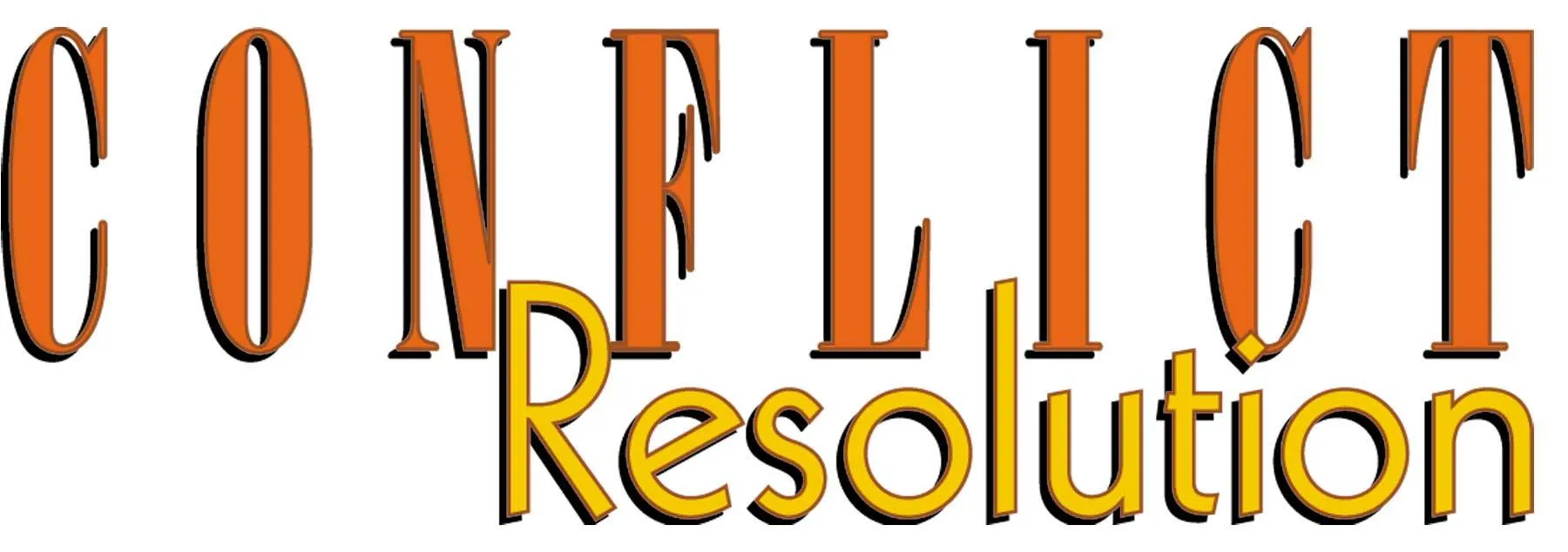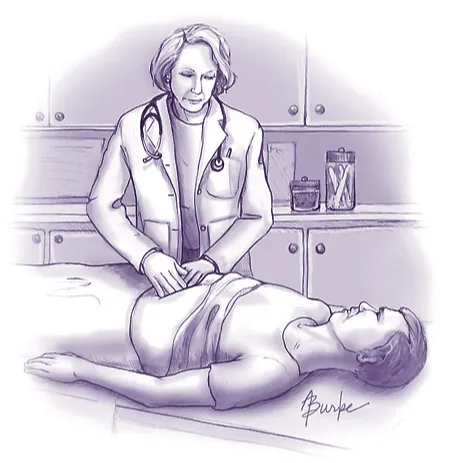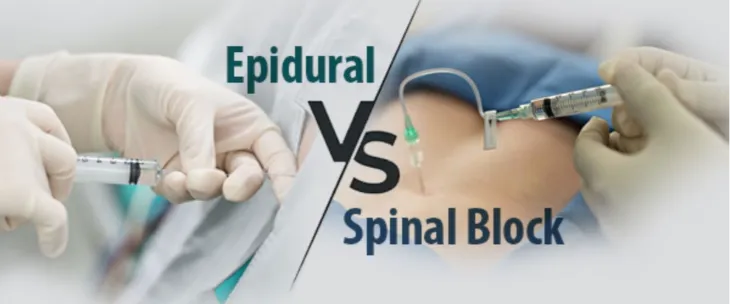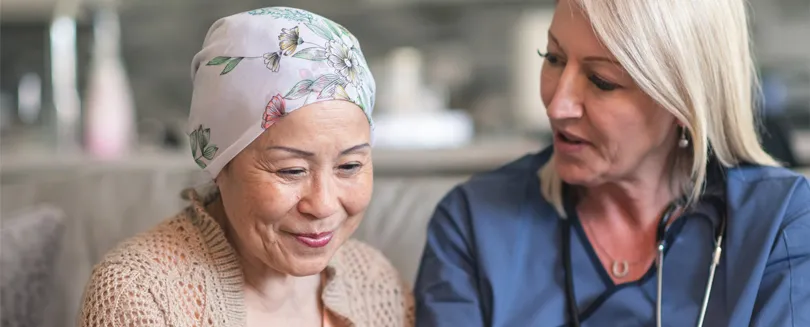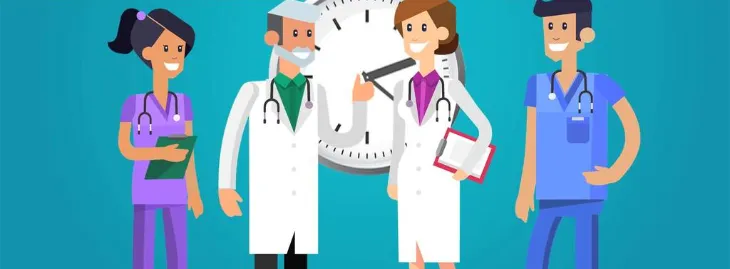Patient Education Journal of Nursing

Hypertension Patient Education
Tags: blood pressure Educational Practices heart disease hypertension learning patient education
A lesson plan for hypertension in the cardiology clinic setting.
Read More →
Impact of Language Barriers on Patient Safety
Tags: communication language LEP linguistics medication errors patient education patient safety
This paper discusses how linguistic differences can contribute to patient adverse outcomes and the role of health care providers in mitigating the impact.
Read More →
Interactive Technology is Shaping Patient Education and Experience
Tags: education interactive technology patient education technology
This article describes the Nurse Informatics participation in adopting technology in patient care and nursing workflow. Healthcare settings now integrate electronic medication prescribing, tele-health, online appointment scheduling and mobile laboratories where informatics nurses are essential in guaranteeing that the computerized solutions interface with each other. In order to accomplish information related activities, informatics nurses must synchronize and exchange significant clinical and technical information with the goal of supporting and coordinating safe, effective patient care and assuring an efficient workflow. A strong foundation for addressing the challenges of electronic documentation is the informatics nurses capability to understand and direct the balance of patient care with the technology systems and organizational structure that supports this balance. In order to guarantee a successful implementation of a computer system while managing patient care is to integrate nurses’ perceptions, beliefs, and knowledge in the use of new technology and how nurses implement this technology into their daily nursing practice.
Read More →
Provision of Effective Patient Education: A Learning Clinical Experience
Tags: barriers information patient education teaching
Patient education is one of the fundamental aspects of holistic nursing care. It is the core responsibility of nurses to provide information to the patient and their families that is understandable and appropriate promoting awareness and optimal health. However, student nurses come across to various barriers in providing effective patient education, including decrease knowledge, lack of clear objectives and lack of clinical exposure. Similarly, I came across a similar situation in my community rotations in which I faced obstacles in educating the patient. There are several strategies that results in the provision of effective patient education, which includes, open communication style, written instructions, addressing barriers, formulating teaching plans, identifying learning styles and needs, and use of teaching aids. Therefore, through effective patient education nurses can increase the independence of client for self care in hospital as well as in community settings.
Read More →
Effect of Evidence-Based Method Clinical Education on Patients Care Quality and Their Satisfaction
Tags: chemotherapy clinical Clinical Education clinicals Evidence-based nursing patient care patient education patient satisfaction student nurse students
Nowadays, evidence-based education with a serious purpose, explicit and rational than the best current evidence to decision-making in nursing education has been addressed. This study aimed to assess the effect of clinical evidence based on the quality of patient care was performed Usual care based on traditional evidence-based care training has been under almost identical. Student feedback questionnaire data, patient satisfaction and quality of care were collected and then were analyzed with descriptive and inferential statistics. This study suggests that the use of evidence-based education in nursing care is not only effective as traditional education. But also knowledge and skills and promote high quality of care and the patient's hospital stay and costs were reduced.
Read More →
Managing Type II Diabetes within the Hispanic Community
Tags: culture diabetes disease health patient education
Diabetes is termed the life style disease for good reason. It is a progressive and chronic illness largely caused by obesity and lack of exercise. If left untreated or poorly controlled, this disease can lead to debilitating complications and premature death.
Read More →
The Importance of Communication and Education toward Patient Literacy: The Relationship of Functional Health and Patient's Knowledge of Their Chronic Disease and Metabolic Disorder
Tags: aging assessment skills clear with simplified language communication communicator diabetes direct involvement disease educator efficiency of care health health literacy knowledge patient patient education
The aging populations in the U.S. with ‘Essential’ Hypertension are showing inadequate health literacy, plus its impact on patients with idiopathic chronic diseases such as type II, adult onset Diabetes Mellitus are makeable. To identify among patients with hypertension and/or with diabetes the relationship between their functional health literacy levels, and the role of the registered nurse as communicator and educator.
Read More →Get Published for Free
Browse by Tag
advocate aging anesthesia behavior cardiac care Case Study child children clinical compassion COVID-19 critical care culture death diabetes disease education emergency department end of life ethical principles ethical values ethics future of nursing health health care ICU medication mental health nurse Nurse Education nursing nursing education nursing ethics nursing faculty nursing school nursing students PACU patient care patient outcomes pediatric poem profession risk factors stress student nurse students teaching therapy treatment
Most Popular Last Month
More from RN Journal
Increasing demands on nurses and the role of the nurse educator: Developing nursing competencies
Nurse/Patient Communication Twenty Suggestions for Improvement
Family Presence During CPR in the Emergency Department
Clinical Considerations for Patients with Active Clostridium difficile Infection
Stem Cell Research is Our Future of Cures
The role of Sunlight, Vitamin D and nature in aiding cognition in mental health
From Classroom to Chaos: A Concept Paper on Transitional Dissonance in the Nursing Profession
Barriers to Patients Undergoing Methadone Maintenance Therapy
Healthy Cooking for the Soul



